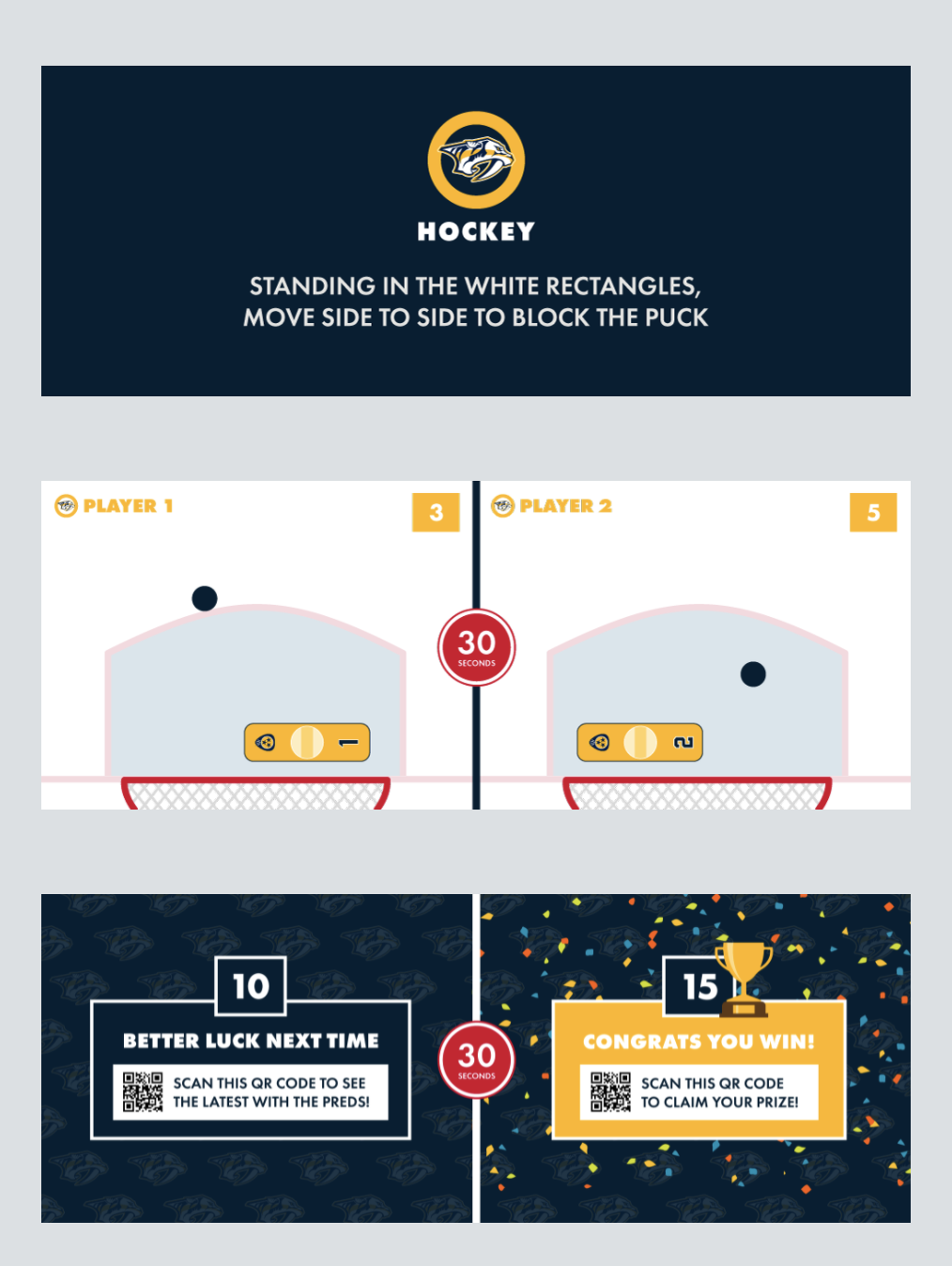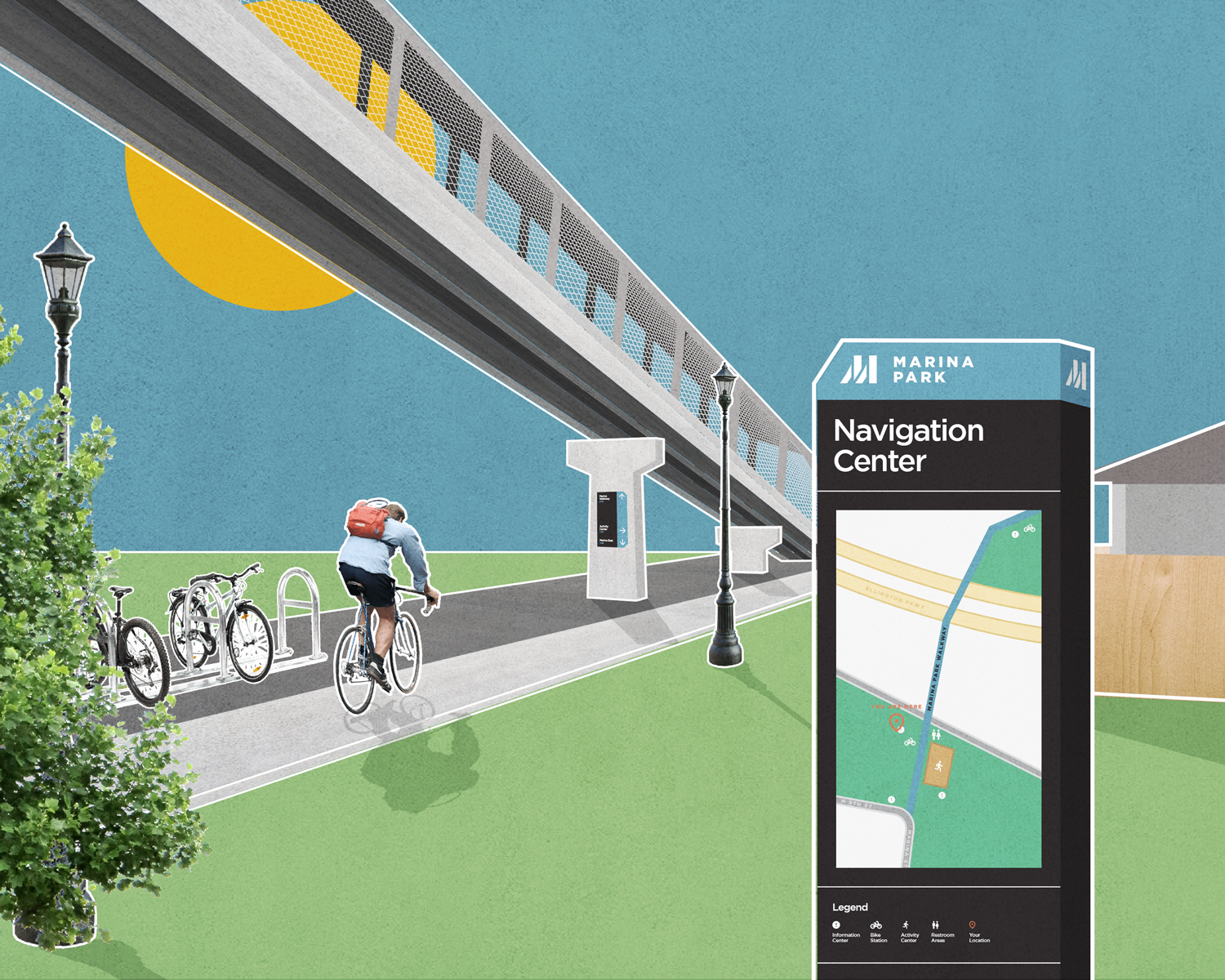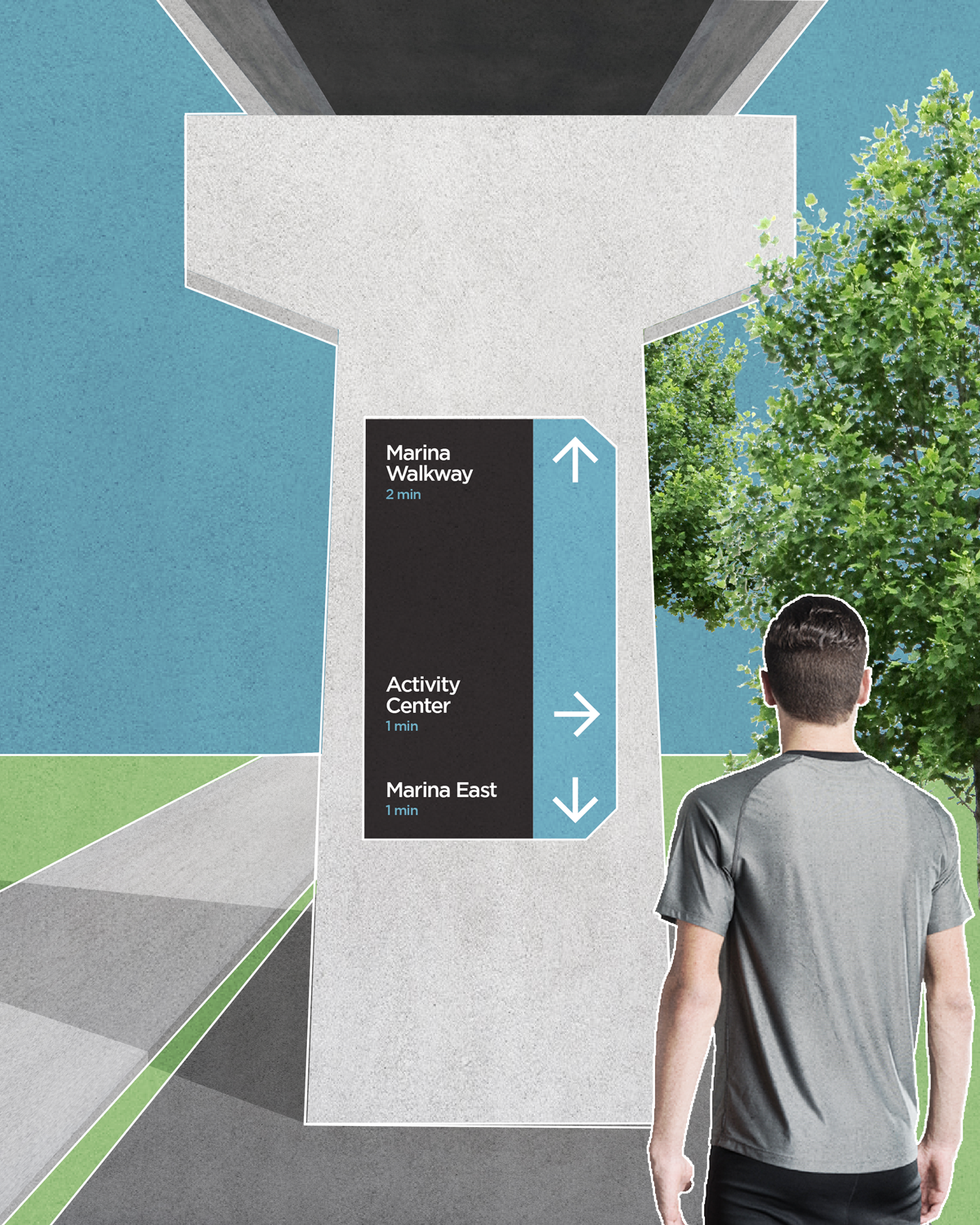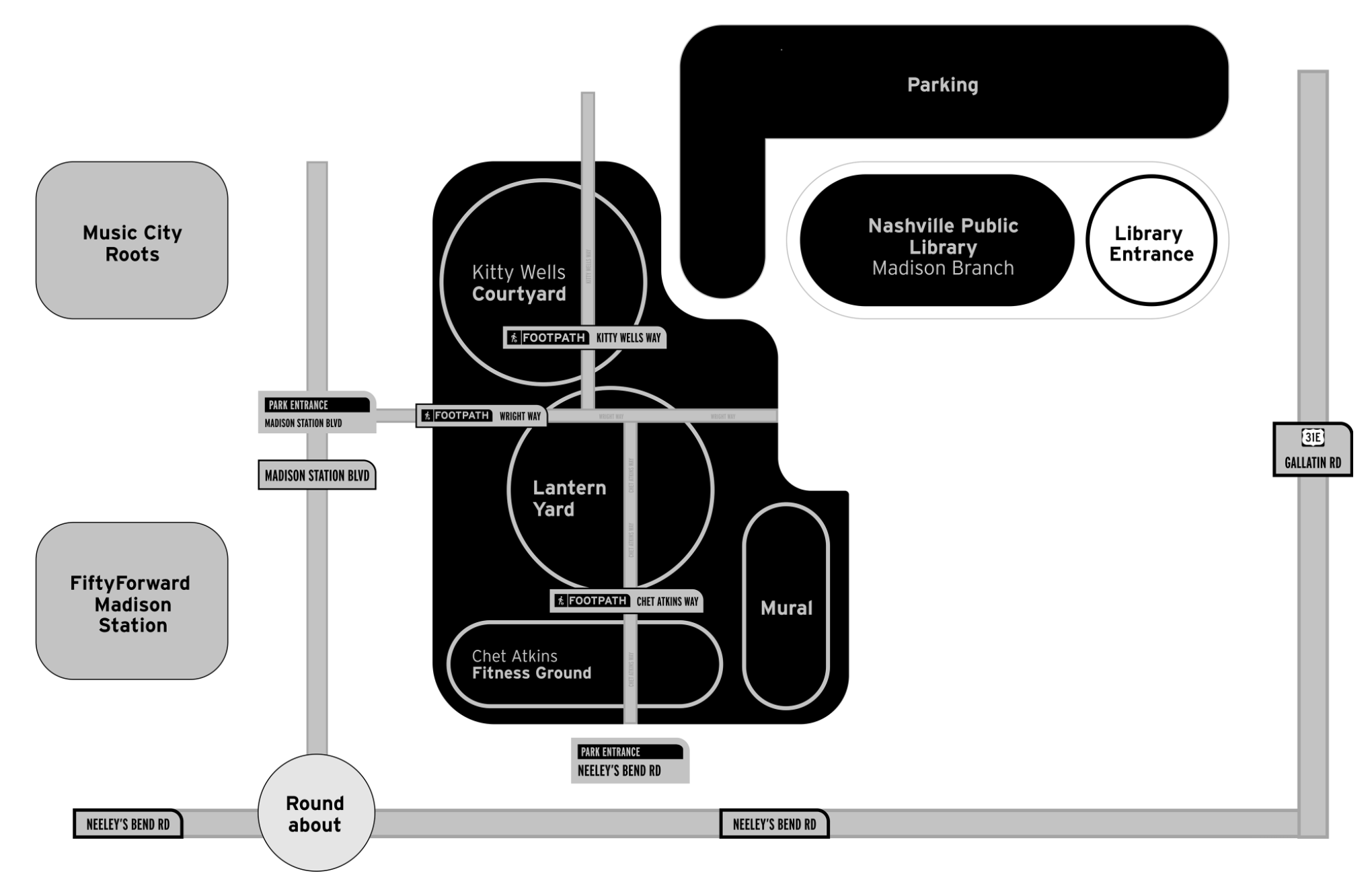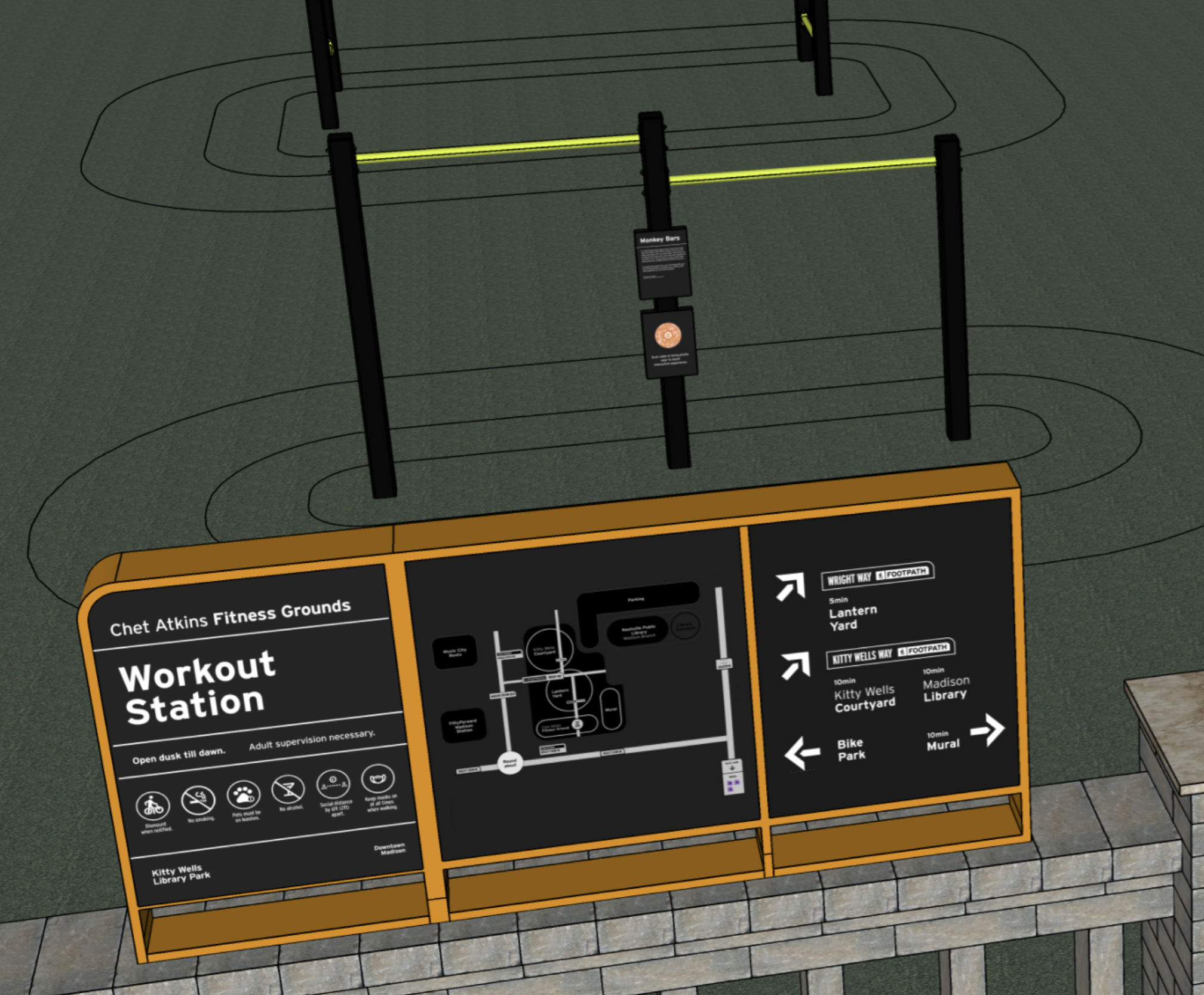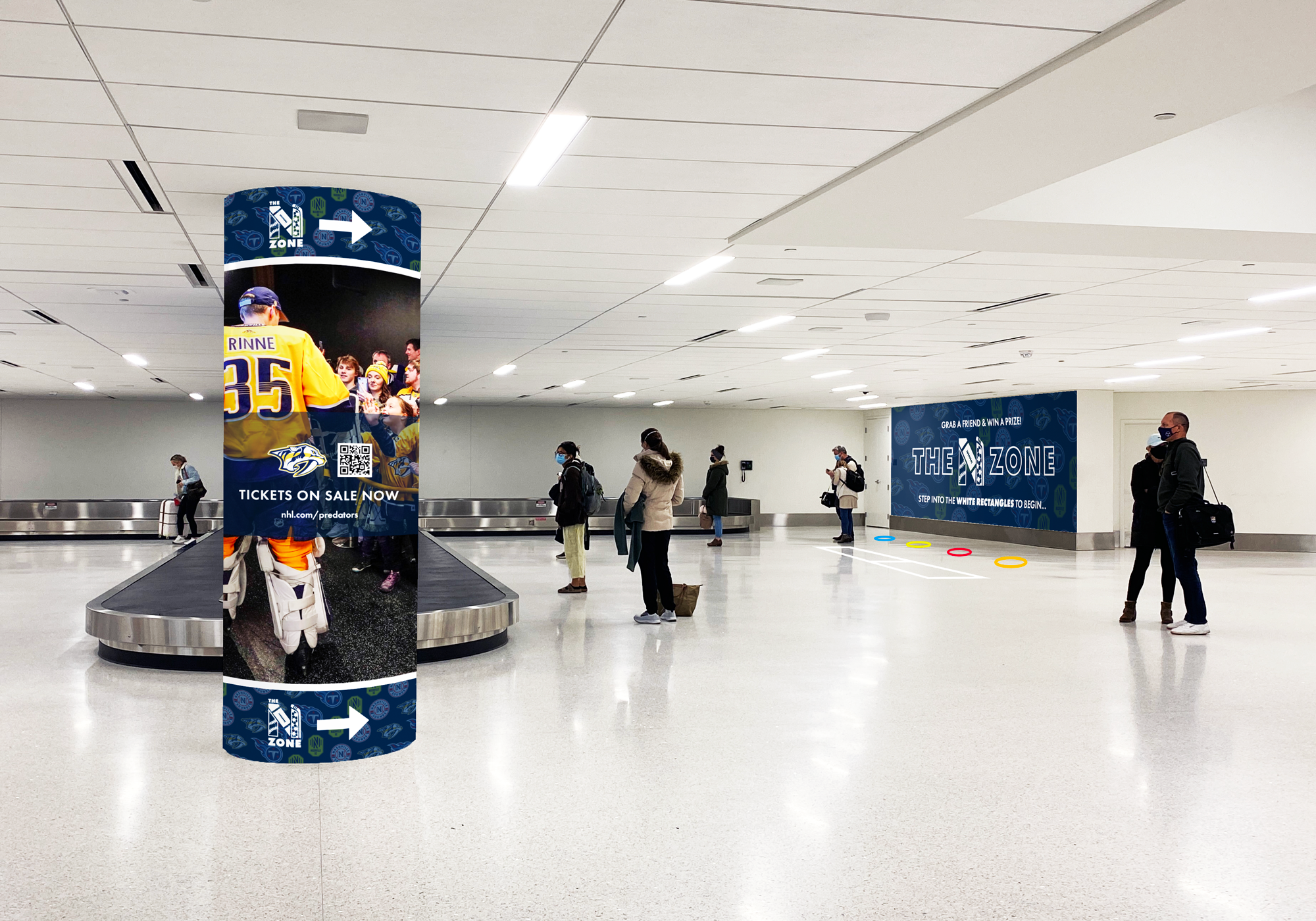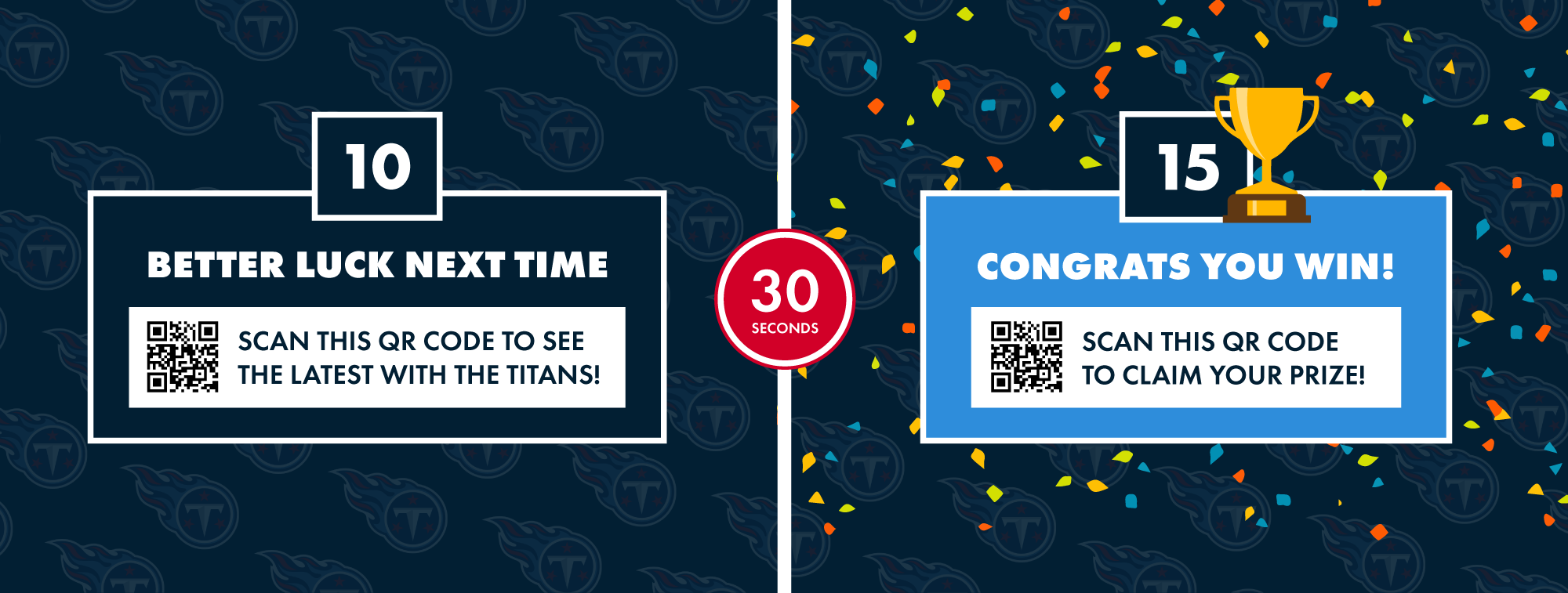Experiential Design for Public Spaces
3 min read The following blog shares a summary of three experiential design projects by Belmont University students. Special thanks to Emmanuel K. Saka, PhD. Assistant Professor, Experiential Graphic Design at Watkins College of Art at Belmont.
This past Spring, together with Drew Bryant and Laura McCoy, we had the opportunity to mentor students in the Belmont Experiential Design program who were doing design projects that would address public space issues in various locations around Nashville. Experiential design is the practice of designing products, processes, services, events, and environments with a focus placed on the quality of the user experience as well as culturally relevant solutions.
In effective designs for public space, it is essential to consider how humans interact, socialize, engage and communicate. Public spaces play a vital role in the social and economic life of communities. The human experience and perception of a community is often influenced by the design of a given space: public space. During the COVID-19 pandemic, people’s decision to visit or navigate public spaces was typically influenced by how the spaces are designed.
Semester HighlightsMarina Park
Project by: Ambrose Vargason
Context
The Marina Pedestrian Bridge is located in the McFerrin Park neighborhood in East Nashville, TN. The bridge connects a gap between Marina Street that is divided by a highway known as Ellington Parkway. The bridge allows users to walk to and from the east side of Nashville, which includes Marina Manor East public housing and Frederick Douglas Park.
Approach
A survey was conducted to understand the perception of the overall experience of the Marina Street Pedestrian Bridge. Questions regarding the overall feeling of the space, the lighting, the infrastructure, and how it felt to cross the bridge were asked. According to the data, 100% of people believe that increased green space, seating, adequate lighting, refined infrastructure, and outdoor areas to exercise would be beneficial to the community
Downtown Madison | Kitty Wells Library Park
Project by: Dev Bhavsar
Context
Downtown Madison, a suburban neighborhood on the northern edge of the Greater Nashville Area, is bound for multiple new developments. A prime example is the Madison Town Center, a mixed-use development planned to be built right next to the neighborhood's library.
There will be a rise in mixed-use developments in the Madison neighborhood that should enable more pedestrian and bike traffic, as with any mixed-use developments. How can this Kitty Wells Library Park meet the needs of such multi-modal traffic, incorporate technology, and foster an inviting experience for visitors and residents alike?
Approach
The project was divided into three phases. The first phase involved understanding the essentials of effective public space, identifying, surveying, and conceptualizing the elements and layout of our selected public space. The second phase progressed to designing a trademark that would represent public space and anchor the space's brand identity. The final phase would prototype the proposed design.
Nashville Airport | The N Zone
Project by: Jess Bellatti
Context
There is a major lack of awareness about Nashville’s professional sports teams. In a survey of 54 people who were asked to name any or all of the Nashville pro sports teams, only 50% of respondents who were locals knew there was a baseball team, and only 54% of the locals knew there was a professional soccer team. Furthermore, 36% of respondents who were not from Nashville could not name a single team.
Approach
In the Nashville International Airport, Nashville’s reputation as “Music City” completely overshadows their established sports scene. In order to familiarize travelers with Nashville’s 4 professional sports teams, encourage social interaction, and help fill the time of inpatient travelers waiting for their bags, this project proposes a new interactive experience. “The N Zone” will consist of 3 large gesture-controlled screens located in baggage claim through which users can choose between 4 different 2‑player sports games. Winners will receive a QR code for a prize that incentivizes them to attend a live sporting event or purchase merchandise. Additionally, the cylindrical posts will be turned into screens that will be used for wayfinding and promotion of the current teams in season.
While most people are in a hurry to get out of the airport, unfortunately, many find themselves impatiently waiting at baggage claim for at least 10-20 minutes. This unallocated time would give travelers the opportunity to engage with an interactive display in the form of a 2-player game, encouraging social interaction while becoming familiar with Nashville’s sports teams. Ultimately, raising awareness of the teams will make both locals and tourists more likely to attend upcoming sporting events.
SummaryIt is important to prioritize the planning and design of shared spaces from a human-centered perspective by exploring the relations between cultural, physical, content-related, and social elements of interactive environments. In this design studio, students learned how to create and critique a variety of interactive projects for gallery exhibitions, advertisements, and socio-cultural issues designed for public spaces. Thank you for reading about these excellent design ideas. Hopefully it can inspire some community support for improving human experiences in these public spaces.




